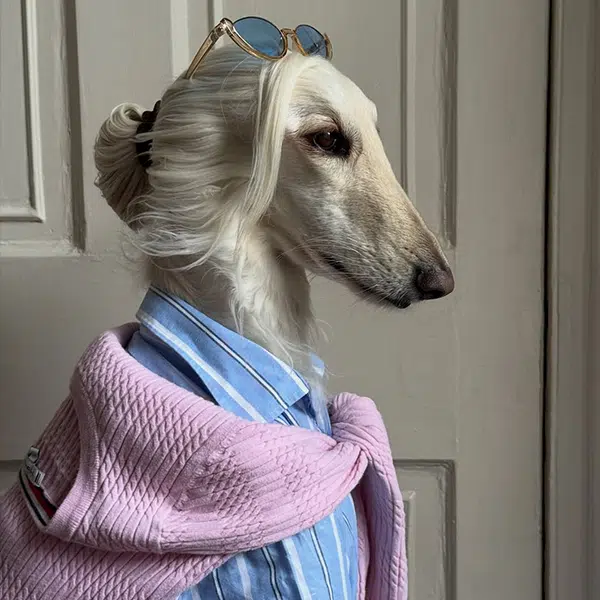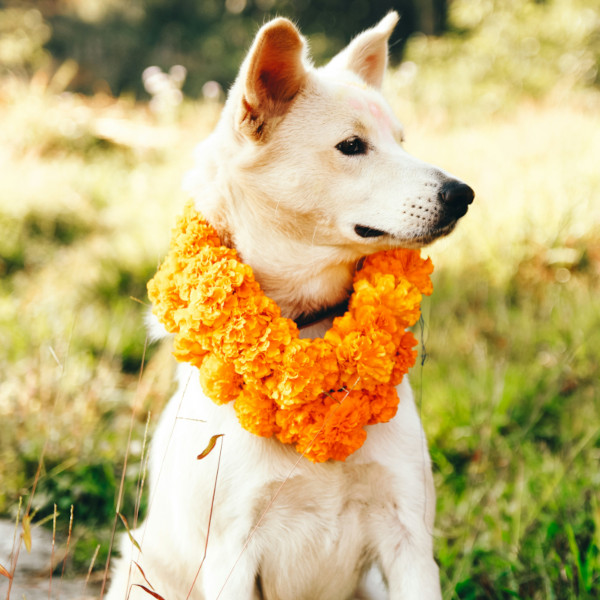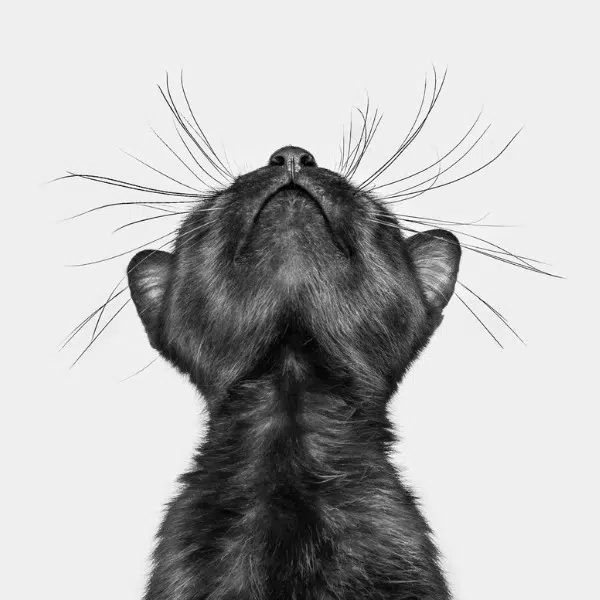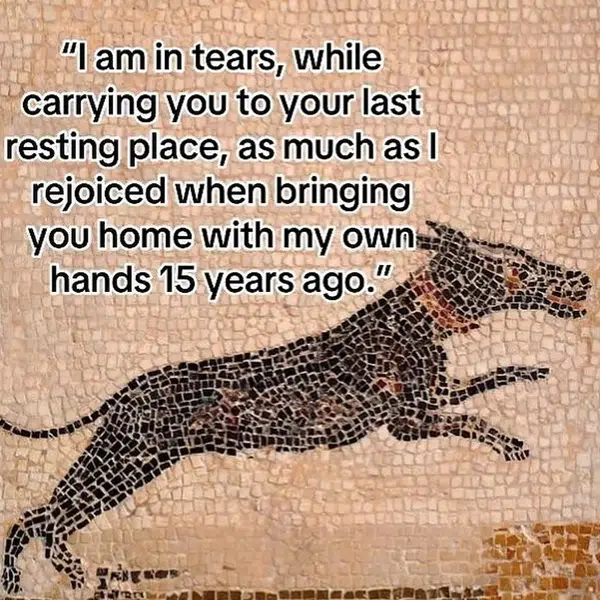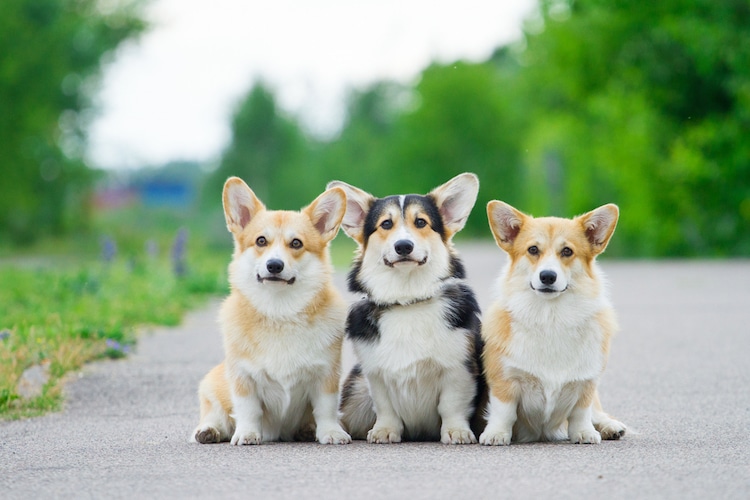
Photo: Stock Photos from Vera Reva/Shutterstock
Who wouldn't love a Welsh corgi? These adorable pooches are friendly, energetic, and just plain funny. From their cute butts— which have spawned their own pastry—to their talkative nature, corgis have a special place in the hearts of pet lovers.
Originating from Wales, today they're one of the most popular dog breeds in the United States. Their smarts make them easy to train and these energetic dogs love to get out and get active. Weighing about 30 pounds and averaging about 12 inches in height, they're highly adaptable whether you have an apartment or a large yard.
While we all know that corgis are cute, there's a lot more to this dog than meets the eye. Read on and discover just what makes the corgi a special breed of dog and learn why these dogs have fascinated the public for decades.
Scroll down to learn 10 fun facts about beloved corgis.
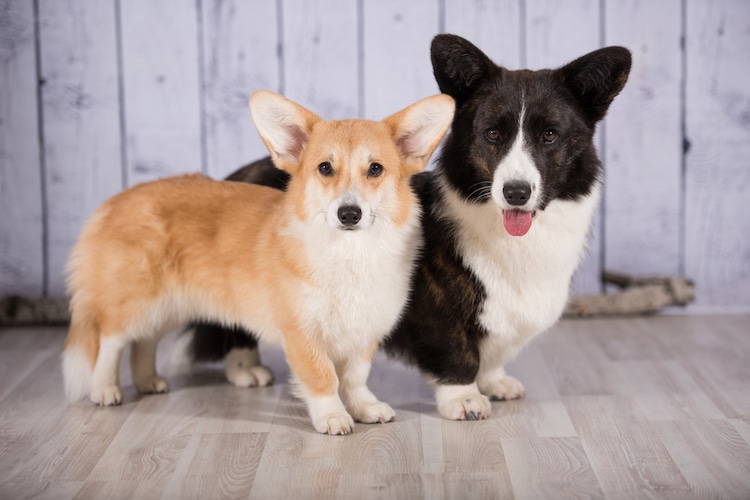
Photo: Stock Photos from Welshea/Shutterstock
There are two different breeds.
While people often just refer to them as Corgis or Welsh Corgis, there are actually two breeds of this little bundle of energy—the Pembroke Welsh Corgi and Cardigan Welsh Corgi. The Pembroke is the more popular breed, though the Cardigan is believed to be the older breed. Cardigans are also slightly bigger than Pembrokes and can come in any color.
Both breeds were shown together in competition until 1934, when The Kennel Club finally recognized them as separate breeds.
Their name reflects their size.
Measuring just 10 to 13 inches in height, these little dogs have a name that reflects their stature. In Welsh, cor means dwarf while gi is a form of the word dog, so their name literally translates to “dwarf dog.”
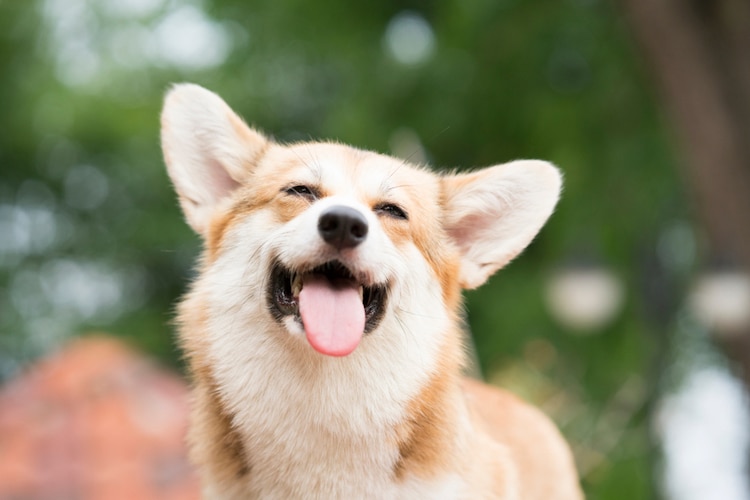
Photo: Stock Photos from Chutima Chaochaiya/Shutterstock
They have an ancient history.
As Pembroke Welsh corgis and Cardigan Welsh corgis are different breeds, they have different histories. The Cardigan was introduced to Wales by Celts around 1200 BCE. This ancestor of the modern breed is also related to the dachshund.
The Pembroke Welsh corgi is believed to have been introduced by Flemish weavers around 1100 CE. The ancestor of the Pembroke belongs to the same group that is responsible for Samoyeds and Pomeranians.
There's a legend around their evolution.
In Wales, there is a legend to explain the history of the Pembroke Welsh corgi, and it involves fairies! A folk legend states that these “enchanted” dogs were gifts left by fairies. In fact, according to the legend, these corgis were kept hard at work pulling fairy coaches and herding cattle for fairies.

Photo: Stock Photos from Nadezhda V. Kulagina/Shutterstock
Corgis are herders.
Though you may not realize it by their size, corgis are actually herding dogs. In fact, they're the smallest breed in the herding group. Specifically, they were bred to work with cattle and kept them moving by nipping at their hooves. This makes them heelers and their small stature worked to their advantage in this position. Their agility, coupled with them being low to the ground, means that they could do their work effectively without getting trampled.
Of course, if you have a corgi at home, you may have noticed that their heel nipping instinct has come up, especially if they see you running. No fear, corgis can be trained out of this habit, especially if you start young.
They are very smart.
Corgis aren't just cute and spunky, they're also very intelligent. In fact, out of 110 breeds ranked by canine IQ, the Pembroke Welsh corgi came in 11th. The Cardigan Welsh corgi wasn't too far behind, coming in 26th.
While these smarts are an asset in training, it can also mean that these pooches can sometimes outwit their owners if you aren't careful. Corgis are also known to be strong-willed, so early and consistent training is the key to harnessing their intelligence in the right manner.

Photo: Stock Photos from MDavidova/Shutterstock
Queen Elizabeth is a big fan.
While there are many corgi lovers around the world, no one tops the world's biggest corgi fan—Queen Elizabeth II. Her fondness for Pembroke Welsh corgis goes back to her childhood. Her parents, King George VI and Queen Elizabeth the Queen Mother, both owned corgis. Queen Elizabeth II was gifted her first in 1933 by her father when she was just seven years old.
Since then, she's owned more than 30 corgis, though she stopped breeding them in 2015 so that none would be left behind after her death. Currently, the Queen does not have any full-bred corgis. After the death of Willow in 2018, she now only has two dorgis (dachshund-corgi mixes) named Vulcan and Candy.
Over the years, the Queen's love of corgis has raised the level of the breed's popularity. There are statues of her with her beloved pooches and a coin issued during the Golden Jubilee features the Queen and her corgis. They're also the topic of the 2019 animated film, The Queen's Corgis.
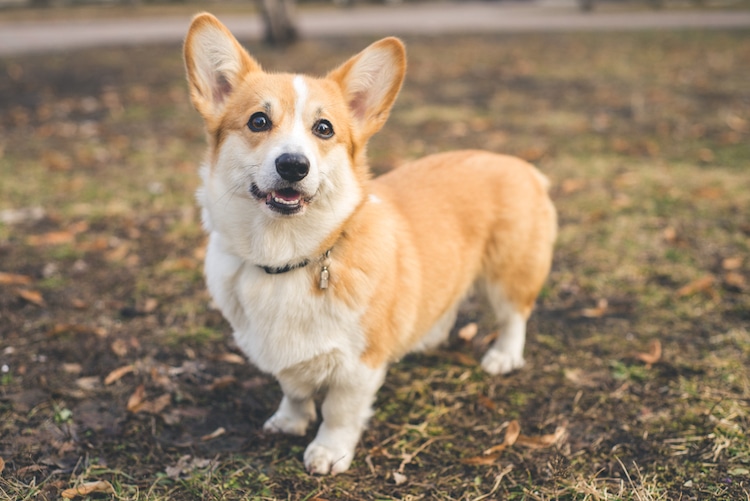
Photo: Stock Photos from Gorodisskij/Shutterstock
They're very talkative.
For a dog that's so small, corgis have a big bark. Their loud and deep vocalizations came in handy when they were herding, as they used their loud bark to keep cattle moving. And, as they're quite alert and good watchdogs, they'll use their voice any chance they get to let their owners know what's going on.
Given their extreme intelligence, they have a lot to communicate. And, as opposed to some other breeds that may whine or howl, corgis will bark to get their point across.
Many aren't born without tails.
According to breed standards, Pembroke Welsh corgis should not have a tail. And while some corgis will be born without a tail, the majority get this look due to tail docking that occurs when they are a few days old.
Tail docking has been banned in the United Kingdom since 2006 except if the procedure is deemed medically necessary by a veterinarian. A similar law went into effect in Australia in 2010 and much of Europe has banned the practice as well.
As a docked tail is part of the breed standard, some blame the decline in popularity of the corgi in the UK on the ban.
View this post on Instagram
Instagram helped “save” the breed.
The Pembroke Welsh corgi is quite popular in the United States, even ranking at the tenth most popular breed of 2019 by the American Kennel Club. Surprisingly, the same can't be said in the UK, where interest in the breeds has declined.
Each year The Kennel Club puts out a list of Vulnerable Native Species, which lists breeds that had less than 300 registrations in a year. The Pembroke Welsh corgi was first placed on the at-watch list in 2009, meaning there were only somewhere between 300 and 450 registrations. In 2015, the Pembroke Welsh corgi was placed on the vulnerable list for the first time, with just 274 registrations. The Cardigan Welsh corgi faired even worse and is still listed as vulnerable with just 126 registrations in 2019.
Luckily, the Pembroke Welsh corgi is making a comeback and, as of 2019, is completely off the list. Some credit this to renewed interested after they were featured on Netflix's The Crown. But certainly, their success on social media (and in particular Instagram), has helped show how adorable these pups are.
A quick search shows that thirteen different corgi hashtags have over a million posts, with #corgi clocking in at over 10 million images. Influential Instagram corgis include lacorgi, Maxine the Fluffy Corgi, Tibby the Corgi, and Ralph the Corgi.
Related Articles:
Beautiful Friendship Between a Corgi and a Baby
You Can Cuddle and Play with 13 Adorable Corgis at This Dog Café in Thailand
Adorable Corgi Puppy Can’t Contain Her Excitement While Shopping at Target
“Disapproving Corgis” Facebook Group Only Shares the Cutest Grumpy-Looking Pups














































































